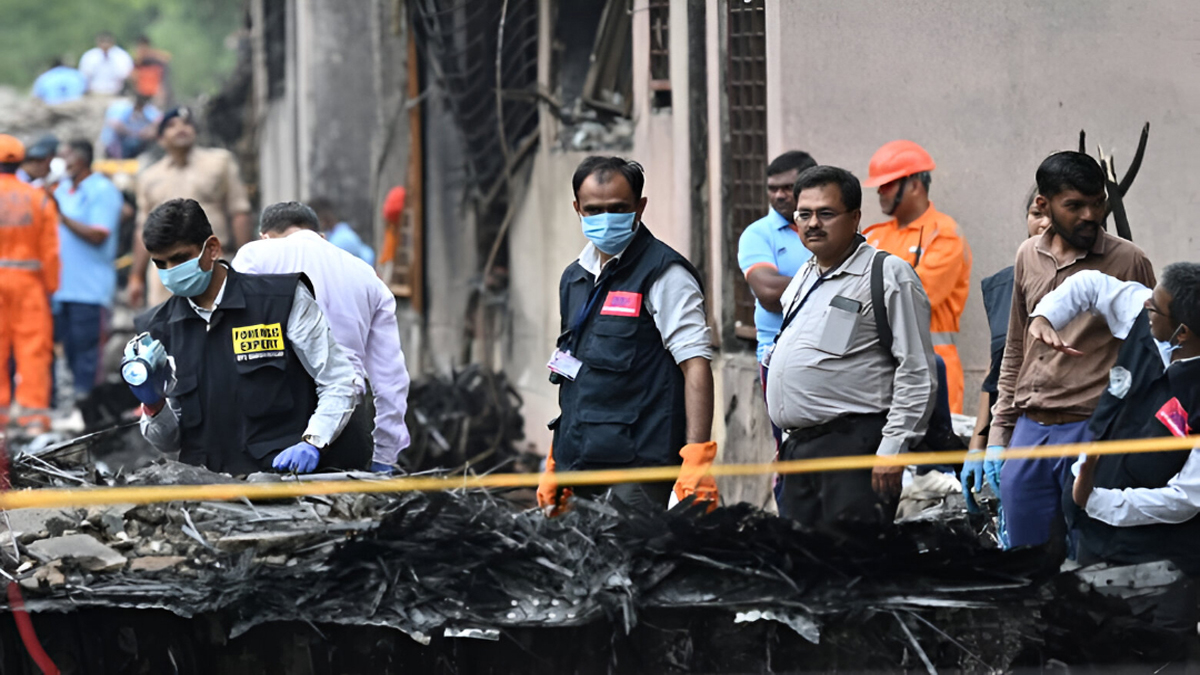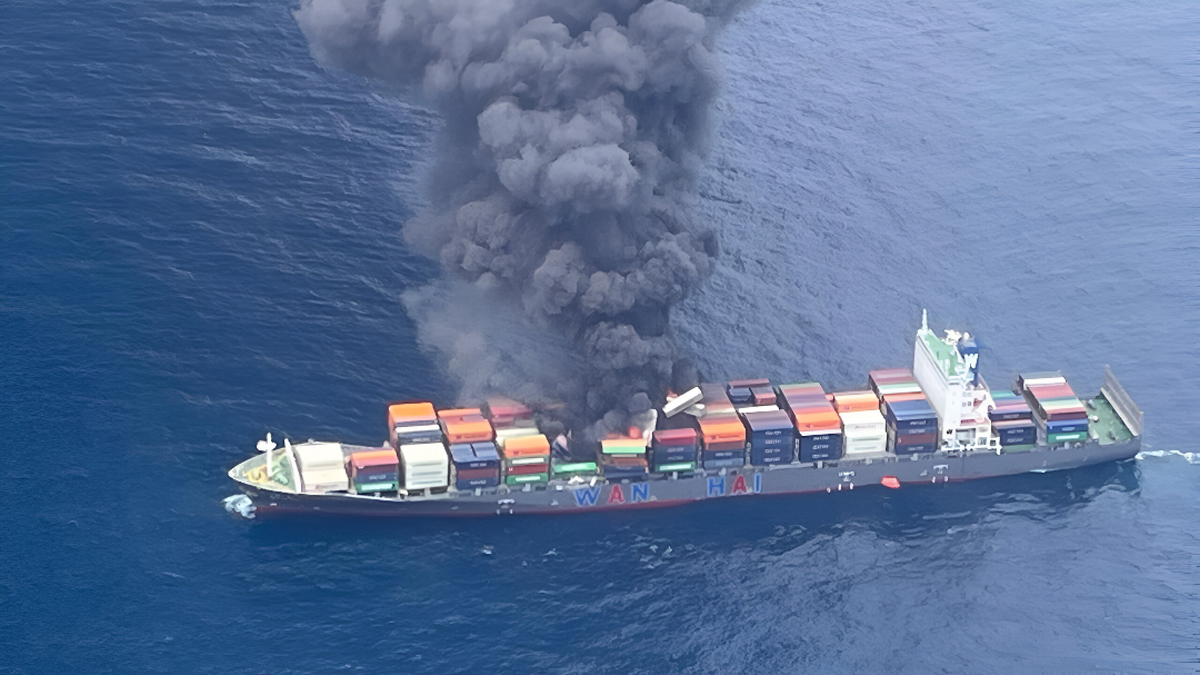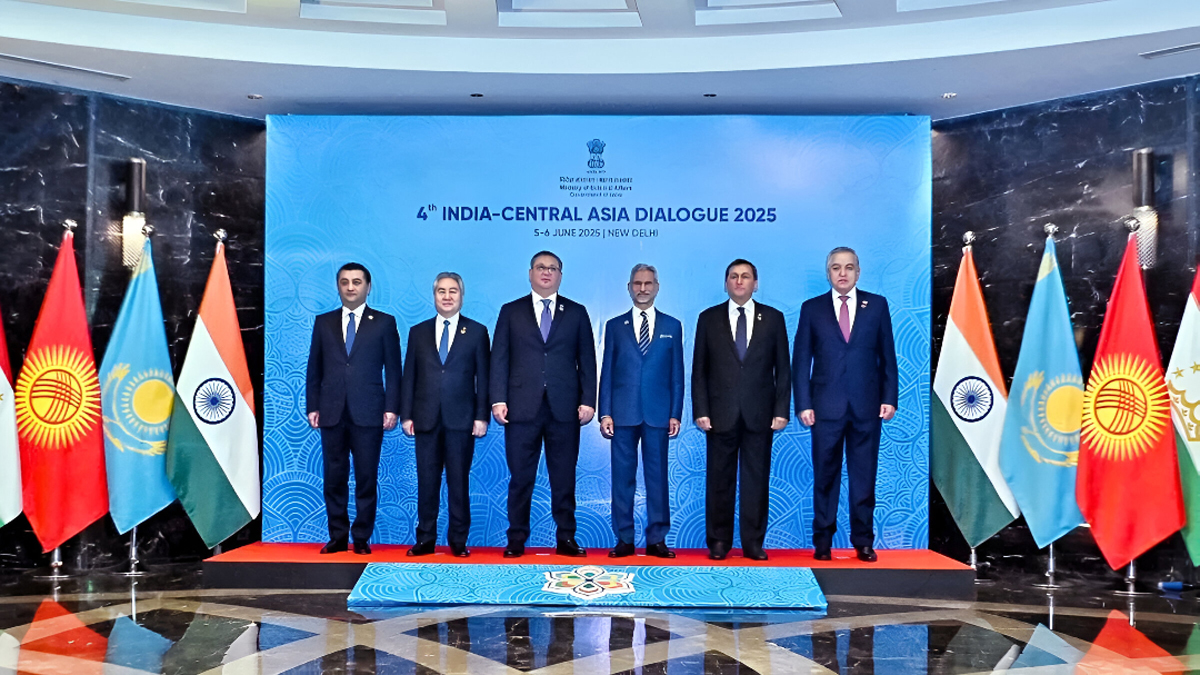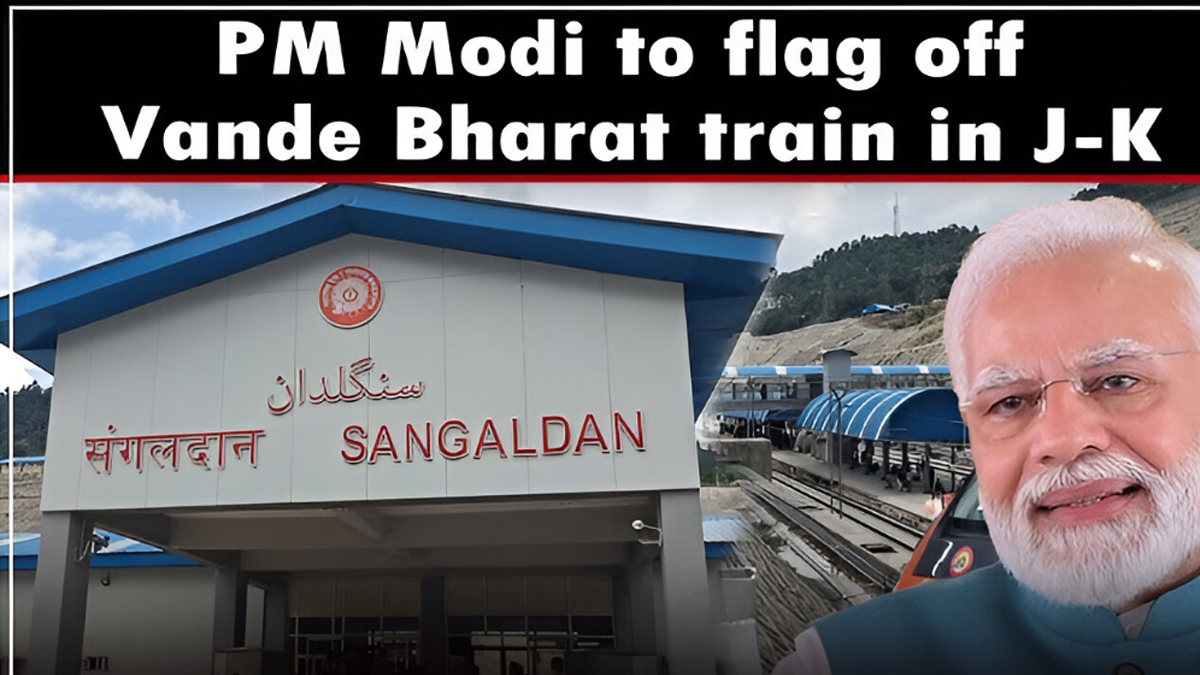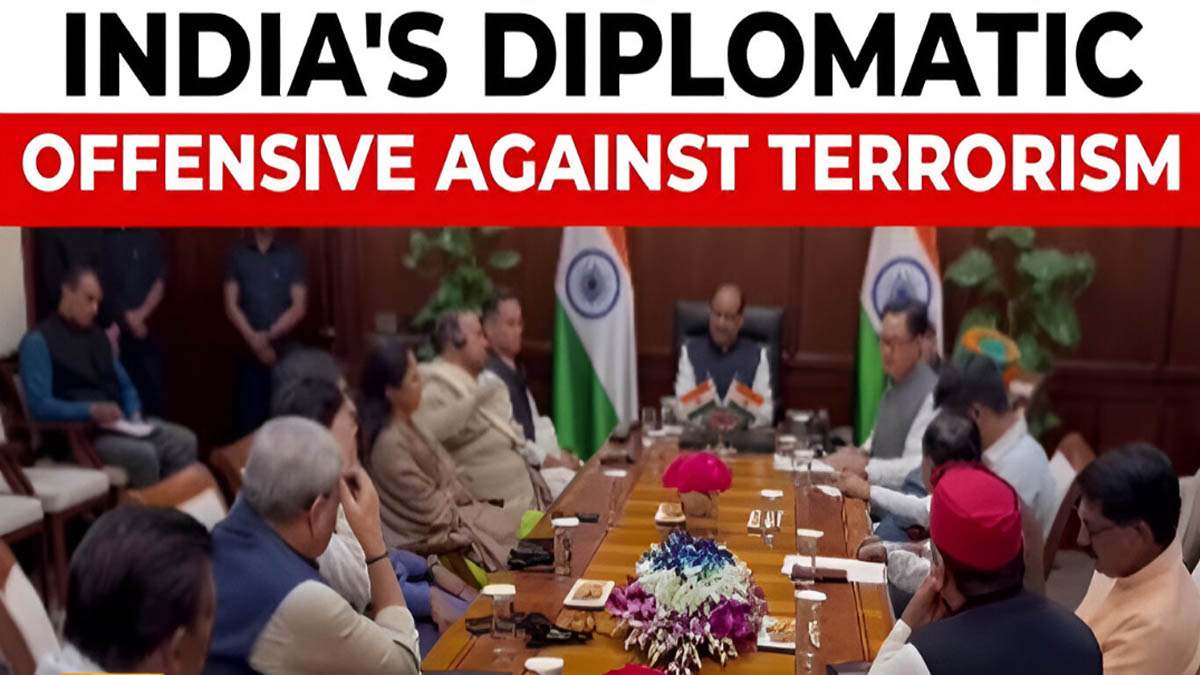Sekhar Kammula’s highly anticipated crime drama “Kuberaa,” starring Dhanush, Nagarjuna, and Rashmika Mandanna, has hit the screens with an emphatic roar, garnering overwhelmingly positive reviews from fans and critics. Early
All posts tagged in India2- Page
In the wake of the tragic Air India AI-171 plane crash that devastated Ahmedabad on June 12, significant progress has been made in the painstaking process of victim identification. Authorities
A critical maritime emergency continues to unfold off the coast of Kerala as the Singapore-flagged container vessel MV Wan Hai 503 remains engulfed in a raging inferno, days after a
In a powerful display of regional solidarity, the foreign ministers of Central Asia nations have unequivocally condemned the recent terrorist attack in Pahalgam, India, and pledged their resolute commitment to
In a landmark development poised to transform connectivity and boost socio-economic growth in the region, Prime Minister Narendra Modi today flagged off the much-anticipated Vande Bharat Express train connecting Katra
On a fateful trip to Meghalaya, what was supposed to be a joyous honeymoon for a newlywed couple from Indore, India, tragically ended in the brutal murder of the husband,
In a night brimming with high-octane cricket and raw emotion, Punjab Kings (PBKS) co-owner Preity Zinta stole the spotlight with her ecstatic celebrations as her team secured a thrilling five-wicket
A shocking incident captured on video, depicting a woman assaulting an auto-rickshaw driver with a slipper in Bengaluru, has gone viral across social media platforms, igniting widespread debate and condemnation.
The Birla Institute of Technology and Science (BITS), Pilani, has officially released the admit cards for Session 1 of the BITS Admission Test (BITSAT) 2025 today, May 23, 2025. This
India has launched a significant diplomatic initiative, extending its anti-terror outreach to 33 countries worldwide. This comprehensive campaign, driven by multi-party parliamentary delegations, aims to solidify international consensus against terrorism


